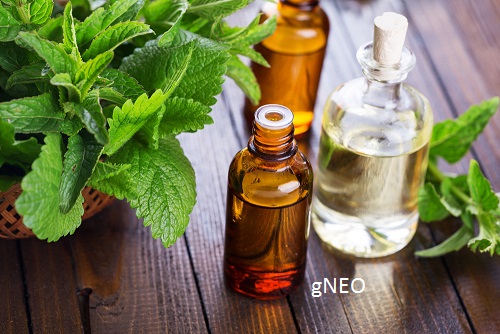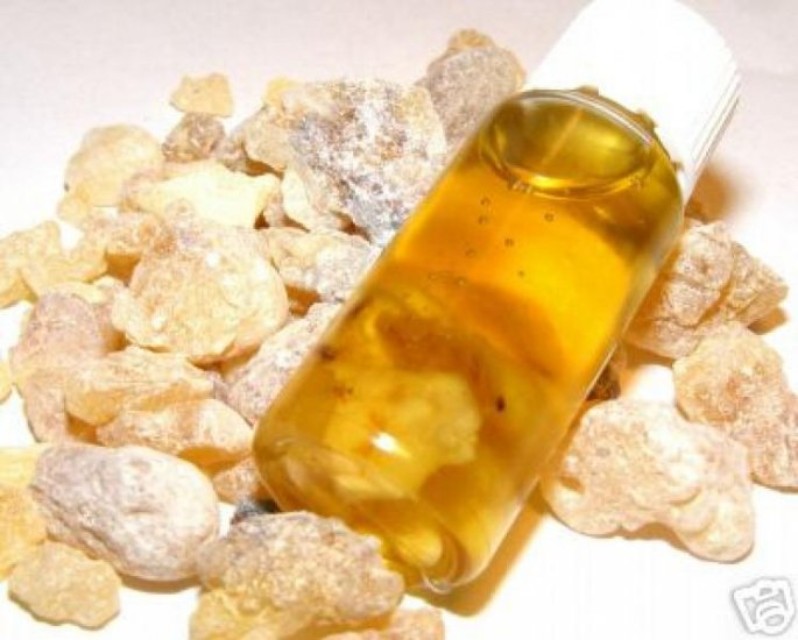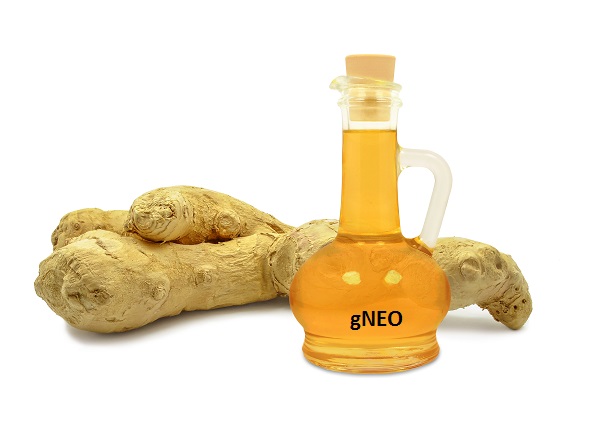Description: Chamomile (Blue/German) essential oil is extracted from an annual plant with erected stems and alternate leaves divided in thin lashes, thicker and wider than those of Roman Chamomile, and 40 – 60 cm high. The oil is produced by water steam distillation with an average yield of 0.1%. This plant is native to the Balkans, and has been used in shampoos since the days of the Vikings, because it adds luster to the blond hair. It used to be cultivated in Hungary an exported to Germany to be distilled and used under tea form. Chamazulene, a strong anti-inflammatory compound, is produced during the distillation through the conversion of a sesquiterpene lactone called Matricin. It confers the characteristic blue color to the oil. This Chamomile essential oil is a deep blue liquid (sometimes viscous) with a strong medicinal, phenolic, sweet and fruity odor. Its apple aroma is the characteristic fragrance in many herbal skin-care products, and it is the reason why this plant is called Manzanilla in Spain. The high Bisabolol chemotypes are preferred for therapy and cosmetic uses, due to the activity of this sesquiterpene alcohol. This is attributed to chamomile’s bioactive elements called apigenin, which cause significant growth inhibitory effects on human cancer cells, especially those that lead to prostate, skin, breast, and ovarian cancer.
Botanical Name: Chamomilla recutita L. syn. Matricaria chamomilla
Plant Part: Flowers-Flowering Tops
Extraction Method: Steam distillation
Odor and Appearance: Deep blue-black to blue-green liquid. Herbacous hay-like with fruity alcoholic beverage note, tobacco aspect after a few minutes.
Country of Origin: Egypt
Main Constituents: T-Beta-Farnesene, Alpha Bisabolol Oxide B, Bisabolone Oxide A, Alpha Bisabolol, Chamazulene and Alpha Bisabolol Oxide A.
Common Uses: Soothes skin irritations, promote relaxation and sleep, alleviate stress and anxiety, relieve muscle discomfort, support digestion, provide menstrual comfort, offer potential allergy relief, and aid in emotional balance. Its deep blue color is indicative of its therapeutic properties, making it a valuable addition to skincare, aromatherapy, and wellness routines.
Note: Middle to base note.
Blends well with: Lavender, Frankincense, Bergamot, Geranium, Clary Sage, Patchouli, Cedarwood, Sandalwood, and Ylang Ylang.
Contraindications: Anyone with existing seasonal allergy symptoms should exercise caution when using chamomile oil. For skin treatment, it’s a good idea to do a patch test on a small, insensitive part of the skin to make sure you don’t have any unpleasant reactions to chamomile.
*These statements have not been evaluated by the Food and Drug Administration. This product is not intended to diagnose, treat, cure, or prevent any disease.*
For large quantities please contact us via our phone number or through the Contact Us page.
Like us on Facebook.









Anonymous (verified owner) –
This oil is amazing and will order again
Elizabeth W. (verified owner) –
So happy GNEO carries this essential oil!! I usually call it ‘Blue Tansy’ but I discovered this is another name for it. Great price for a super luxurious oil!